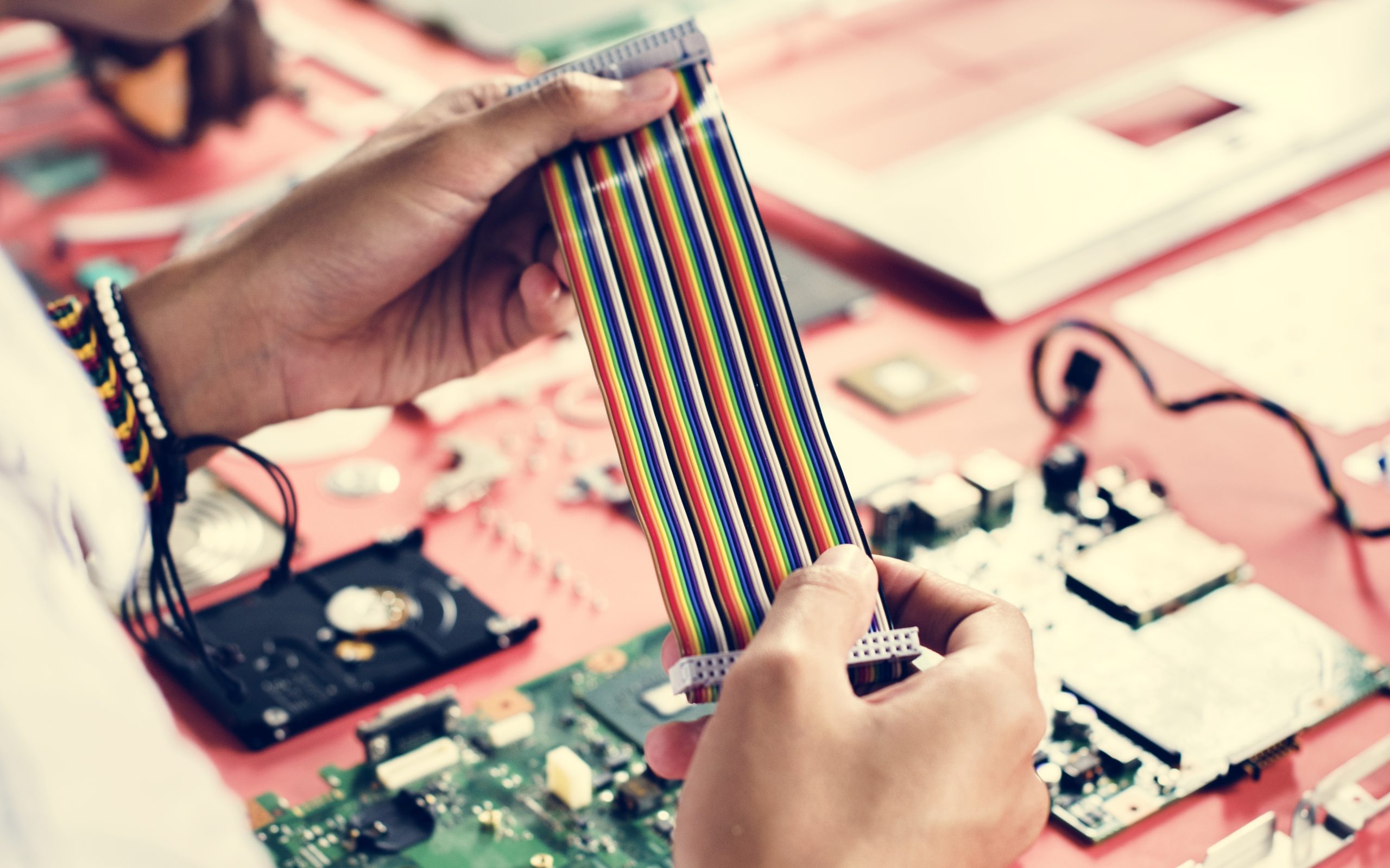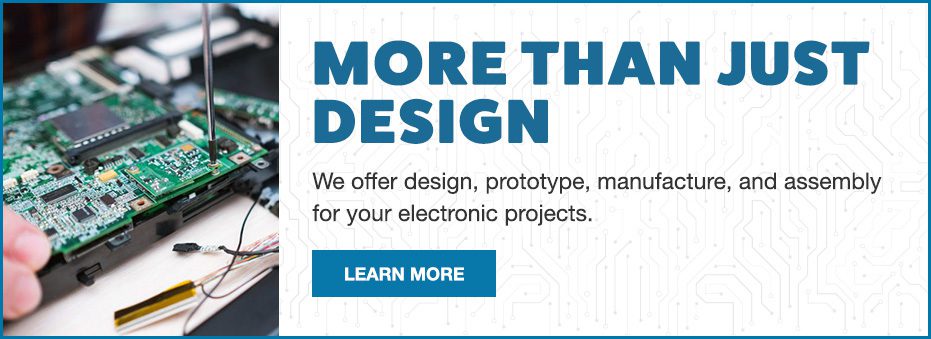Flex Circuit vs. Rigid Circuit: Which is Right for Your Project?

Gone are the days when a printed circuit board was only available as a rigid board that allowed for minimal design versatility. The introduction of flexible PCBs into electronic manufacturing has opened up limitless design possibilities. While using the cutting edge technology of a flex circuit seems extremely appealing, sometimes utilizing a traditional rigid board might be better. Which one you use for your project will vary based on a number of considerations, including the end application.
Flex Circuit
The popularity of flex circuit PCBs has grown steadily over time as the demand rises for electronic components to become smaller, yet more functional. Flex circuits can bend, twist, and pack a lot of circuitry into a small package and have some clear advantages over traditional rigid PCBs.

Flex circuits are ideal for:
● Wiring solutions that fit where rigid boards cannot.
● Thin, lightweight products that are durable.
● Miniaturized versions of existing technologies.
● Three-dimensional packaging geometry.
● A low number of device interconnects.
● Shock and vibration resistance.
Flexible circuit PCBs can be single-sided, double-sided, or multi-layered. The application will dictate which one a designer will use.
Flex circuits are ideal for medical devices, like hearing aids, heart monitors, and pacemakers because they are lightweight and can fit in an extremely small space. They can also be found in mobile devices, cell phones, barcode readers, and GPS systems.
There are some drawbacks to flex circuits, though. They tend to be more expensive to manufacture compared to traditional, rigid circuit boards. They also bring challenges in production because you do not follow the same blueprint as you would with standard boards.

Rigid Flex Circuit
You have options when it comes to flexible PCBs. There are flex circuits and rigid flex circuits, which are a hybrid of rigid and flexible PCBs. It provides designers with the best of both worlds and is often used because it will conform to mechanical restrictions of an existing system when retrofits are needed. You will often find rigid flex circuits in products like audio and video equipment, battery packs, cell phones, and fuel pumps.
Rigid Circuits
Flex circuits will never replace the traditional rigid PCBs because they are extremely reliable. Rigid circuits provide better support and thermal resistance for components. They also cost less to manufacture and install compared to flex circuits. Using rigid circuits will keep manufacturing costs down and keep product prices lower for consumers.
The Levison Difference
Do you need help choosing which printed circuit board is right for your next project? We provide rigid PCBs, flex PCBs, and rigid-flex PCBs for customers across various industries. We understand which will fit your design best, and we’re happy to discuss your project plans and answer any questions you have about the different circuit options. Contact Levison Enterprises today to learn more about our PCB capabilities and a free quote.
Start Your Quote Now!